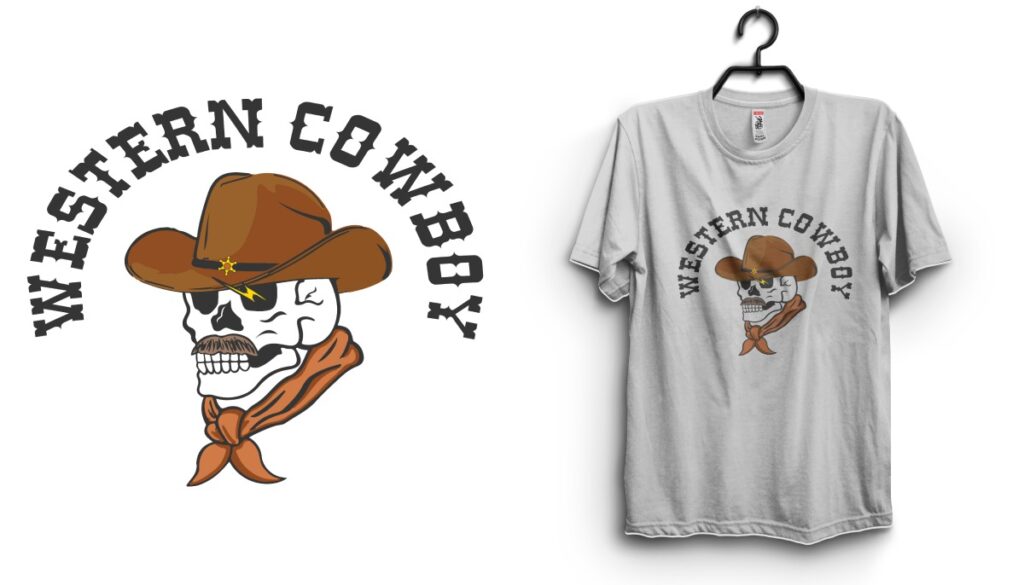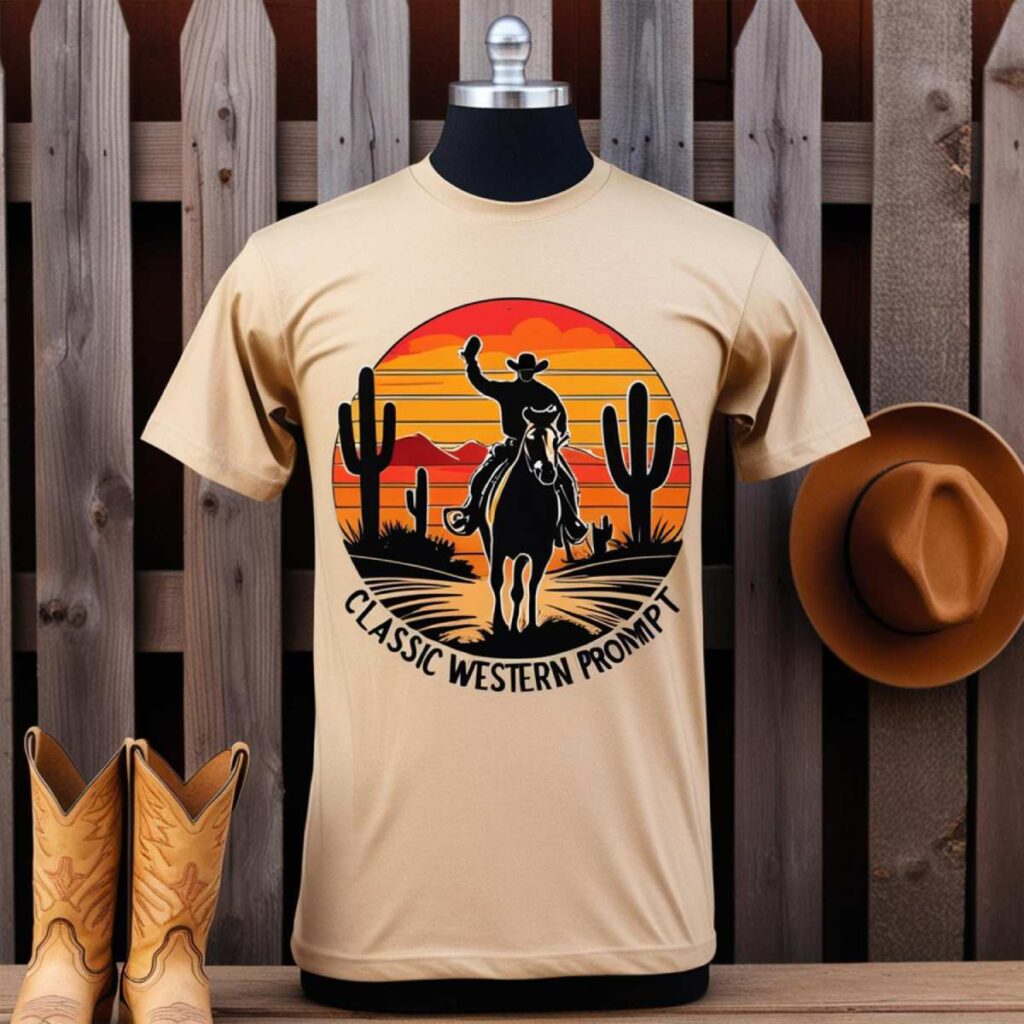UV DTF printing is revolutionizing the way businesses approach custom printing solutions by combining the efficiency of Direct-to-Film printing with advanced UV printing techniques. This innovative method allows for vibrant and durable prints on various substrates, including fabrics and plastics, making it an ideal choice for a diverse range of industries. One of the key benefits of using a UV DTF printer is its ability to produce high-quality transfers that resist wear and environmental damage, catering to the growing demand for sustainable printing methods. As companies increasingly prioritize eco-friendly practices, UV DTF printing stands out for its minimal environmental impact, thanks to the reduced emissions of volatile organic compounds (VOCs). In this article, we will delve deeper into the fascinating world of UV DTF printing, exploring its techniques, applications, and the reasons behind its rising popularity.
In recent years, the landscape of custom printing has experienced significant shifts, particularly with the emergence of Direct-to-Film technologies paired with UV curing processes. The fusion of these methods, known as UV DTF printing, promises an array of possibilities for creative professionals seeking high-quality outputs. This technique has gained traction for its versatility across different materials, enabling stunning designs that are not only striking but also environmentally sustainable. The advantages offered by UV DTF not only enhance product life but also align with modern-day demands for greener printing solutions. As industries evolve to include these innovative practices, the significance of reliable and efficient printing techniques like UV DTF continues to shape the future of custom printing.
Understanding UV DTF Printing Techniques
UV DTF printing combines the innovative aspects of UV printing technology with the adaptability of Direct-to-Film (DTF) methods. This printing technique allows for the application of vivid, long-lasting prints onto a multitude of surfaces, including textiles, plastics, and even metals. By utilizing ultraviolet light to cure the ink instantly, UV DTF printing not only achieves quick drying times, but it also enhances the overall durability of the printed designs. As a result, businesses that invest in UV DTF printing techniques can expect to streamline their production processes while maintaining high-quality output.
This unique method opens new avenues for customized printing solutions, particularly for companies in the fashion, advertising, and promotional sectors. With its ability to produce high-resolution prints that resist wear and tear, UV DTF printing is genuinely transforming the landscape of digital printing. Companies can cater to diverse customer demands, producing intricate and personalized designs that stand out in a competitive marketplace.
Benefits of UV DTF Printer Technology
One of the most compelling aspects of UV DTF printing is its wide range of benefits, particularly in terms of sustainability and efficiency. Unlike traditional printing methods that often rely on solvent-based inks, UV DTF printers use eco-friendly inks that emit far fewer volatile organic compounds (VOCs), thus contributing to a cleaner environment. This feature not only supports businesses that prioritize sustainability but also enhances their market reputation, allowing them to attract environmentally conscious consumers.
Additionally, the UV DTF printing process allows for a quicker production timeline, which is crucial for businesses needing to meet tight deadlines. The immediate curing of the ink means that projects can move from design to production swiftly, resulting in faster turnaround times. Thus, companies utilizing UV DTF printers can gain a competitive edge by fulfilling customer orders promptly, leading to increased satisfaction and repeat business.
Applications of UV DTF Printing in Various Industries
UV DTF printing has found applications across diverse industries, revolutionizing how products are manufactured and customized. In the fashion industry, for example, designers utilize this technology to create intricate prints on clothing and accessories, allowing for unique and personalized fashion statements. Similarly, the advertising sector sees immense value in using UV DTF to print vibrant designs on banners, signage, and promotional materials that captivate audience attention.
Moreover, interior decoration is another growing field benefiting from UV DTF printing. Businesses can utilize this technology to produce stunning murals, wall art, and custom furniture designs that enhance aesthetic appeal and create distinctive environments. The versatility of UV DTF printing opens doors for endless creative possibilities, catering to businesses looking to offer distinctive and high-quality products.
Innovations in UV DTF Printing Equipment
As technology progresses, so does the UV DTF printing landscape, with manufacturers constantly introducing innovations that improve operational efficiency. Recent advancements include faster printing speeds and enhanced resolution capabilities, ensuring that businesses can produce high-quality prints without compromising on efficiency. These innovations not only improve the quality of the finished products but also reduce production downtime, which is vital for maintaining a competitive edge.
Additionally, developments in ink formulations are crucial for increasing effectiveness and improving durability. New ink technologies can create richer color profiles and improved adhesion to substrates, enabling businesses to achieve vibrant and high-fidelity prints. Companies that stay updated on these equipment advances are well-positioned to maximize their production capabilities and enhance their overall offerings.
Environmental Responsibility in UV DTF Printing
With increasing emphasis on sustainability within the manufacturing sector, the environmental responsibility of printing technologies is becoming more significant. UV DTF printing aligns with eco-friendly practices by utilizing UV-cured inks that are free from harmful solvents and VOCs. This characteristic makes UV DTF a preferable choice for environmentally conscious companies striving to minimize their carbon footprint.
Furthermore, as consumers show a growing preference for brands that embrace sustainable practices, businesses adopting UV DTF printing techniques can enhance their attractiveness in the marketplace. This alignment not only meets regulatory compliance for environmental standards but also positions companies as leaders in sustainable innovation, thereby setting a new industry standard.
Market Growth and Future Trends in UV DTF Printing
The UV DTF printing market is experiencing substantial growth, fueled by the increasing demand for personalized and custom printing solutions. As businesses across various industries look for ways to differentiate themselves in a crowded market, the versatility and quality assurance offered by UV DTF printing technology become integral to their operational strategies. Analysts predict that the market will expand further into new sectors, including e-commerce and product personalization.
Keeping an eye on emerging trends is important for businesses aiming to capitalize on the growth potential of UV DTF printing. As consumer preferences shift towards more customized products and sustainable practices, organizations that integrate these insights into their business models will not only thrive but also foster long-term success. By leveraging the strengths of UV DTF printing, companies can adapt to evolving demands and set themselves up for a prosperous future.
Frequently Asked Questions
What are the benefits of UV DTF printing compared to traditional printing methods?
UV DTF printing offers several benefits over traditional methods, including exceptional print quality, durability, and immediate drying. By using UV curing technology, prints demonstrate excellent scratch resistance and color vibrancy. Additionally, this method is versatile, allowing for transfers on various substrates, including textiles and hard surfaces, making it ideal for custom printing solutions.
How does the UV DTF printing process work?
The UV DTF printing process involves printing designs onto a special film using UV inks, which are then cured with ultraviolet light. This curing process allows for immediate drying, enabling fast production times and high-quality transfers onto a range of materials. The design is later transferred to the final substrate using heat and pressure, ensuring a durable and vibrant finish.
What materials can be used with UV DTF printing?
UV DTF printing is notably versatile and can be used on various materials including textiles, plastics, glass, and metal. This capability makes it suitable for multiple industries such as fashion, signage, or promotional products, allowing businesses to explore diverse applications in their custom printing solutions.
Is UV DTF printing an eco-friendly printing method?
Yes, UV DTF printing is considered a more sustainable printing method compared to traditional solvent-based inks. UV inks emit fewer volatile organic compounds (VOCs), making them an environmentally responsible choice for businesses focused on sustainable printing practices. This aligns well with the growing demand for eco-friendly manufacturing in various industries.
What are the recent innovations in UV DTF printing technology?
Recent innovations in UV DTF printing include advancements in printer technology that offer higher print resolutions and faster processing speeds. Additionally, improved ink formulations contribute to the quality and efficiency of the printing process. These advancements make it easier for businesses to adopt and benefit from cutting-edge UV printing techniques.
What challenges should businesses be aware of when adopting UV DTF printing?
Businesses considering UV DTF printing should be aware of challenges such as high equipment costs and the need for specialized training to operate the technology effectively. Additionally, proper ink compatibility and substrate preparation are vital to ensure optimal adherence and finish of prints, necessitating a commitment to quality control throughout the production process.
| Key Point | Description |
|---|---|
| Overview of UV DTF Printing | A modern printing technique combining UV and DTF methods for high-quality transfers on various substrates. |
| Printing Process | Involves printing onto special film, which is then transferred to substrates using heat and pressure, cured with UV light for durability. |
| Materials Compatibility | Can print on diverse materials, including textiles, plastics, glass, and leather, ideal for multiple industries. |
| Quality and Durability | Resulting prints exhibit excellent scratch resistance and vibrant colors, suitable for small and large runs. |
| Environmental Impact | Uses eco-friendly UV inks that emit fewer VOCs, aligning with sustainable manufacturing practices. |
| Recent Innovations | Advancements in printers and ink formulations enhance processing speed and print quality. |
| Market Growth | Experiencing growth due to increased demand for customized printing solutions in various sectors. |
| Challenges | Involves high equipment costs and the need for training, along with considerations for ink and substrate compatibility. |
Summary
UV DTF printing is a revolutionary technique that is transforming the world of printing by combining vibrant color output with durability and an environmentally friendly approach. As businesses look for efficient and high-quality printing solutions, UV DTF printing emerges as a leading choice, effectively addressing diverse material needs while promoting sustainability. This printing method not only enhances product offerings through its versatility but also aligns with the modern demand for eco-conscious practices. As the technology continues to evolve, organizations adopting UV DTF techniques are poised to gain a competitive edge in an expanding market. With its ability to produce consistent, high-quality results across a wide array of substrates, UV DTF printing stands as a beacon of innovation within the industry.



